Sir Harold Acton
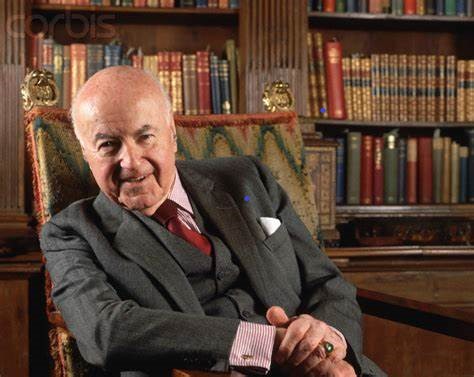 Photo Credit Massimo Listri/CORBIS
Photo Credit Massimo Listri/CORBIS
;
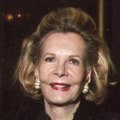
By Megan McKinney
Although Harold Acton gained fame as a 20th century British writer, scholar, and aesthete, spending much of his life in one of the great private estates of Italy, and living for some years in China, he was technically a Chicago boy, a member of the immensely successful Mitchell banking family we have been covering for the past several weeks.
Harold’s mother was Hortense Mitchell. And, as we recently noted, she and Harold’s European father, the well-known art collector and dealer Arthur Acton, met in 1896 when Arthur arrived in Chicago to work with New York architect Stanford White in designing Italianate features in a new building for the Illinois Trust and Savings Bank, aka the “Mitchell bank”.

Soon after their marriage, Hortense and Arthur moved into Villa La Pietra, a grand renaissance estate in the hills above Florence, Italy, purchased with Mitchell cash. It was here that Harold was born in 1904, followed by a brother, William, two years later.
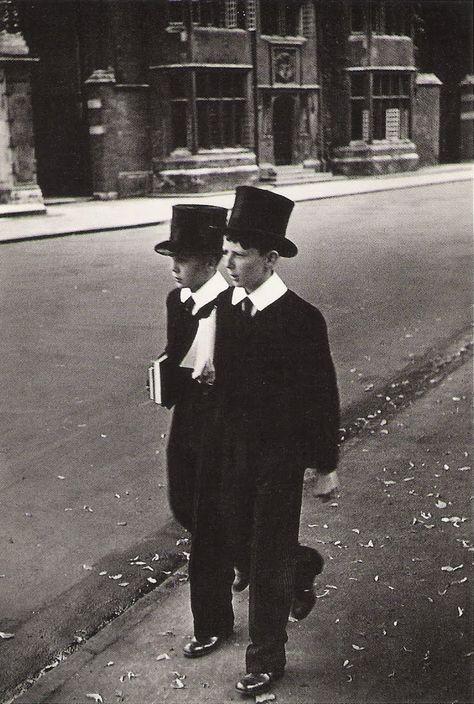
Harold’s education was the standard schooling of the English upper classes, including Eton, then Oxford—in his case, Christ Church. At Eton he was a member of the Eton Arts Society and at Oxford, co-founder of an avant-garde magazine The Oxford Broom.

Christ Church, Oxford
The English years lasted well beyond Oxford for the international Harold, and extended into a period during which his celebrity began and became widespread.
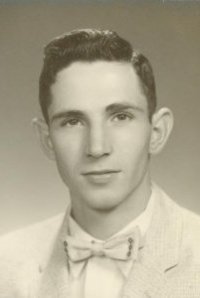
The young Harold Acton
The popular books focusing on the “bright young things” of the England of the time, including Children of the Sun by Martin Green and D. J. Taylor’s Bright Young People: The Lost Generation of London’s Jazz Age, are filled with references to and images of the young Harold.
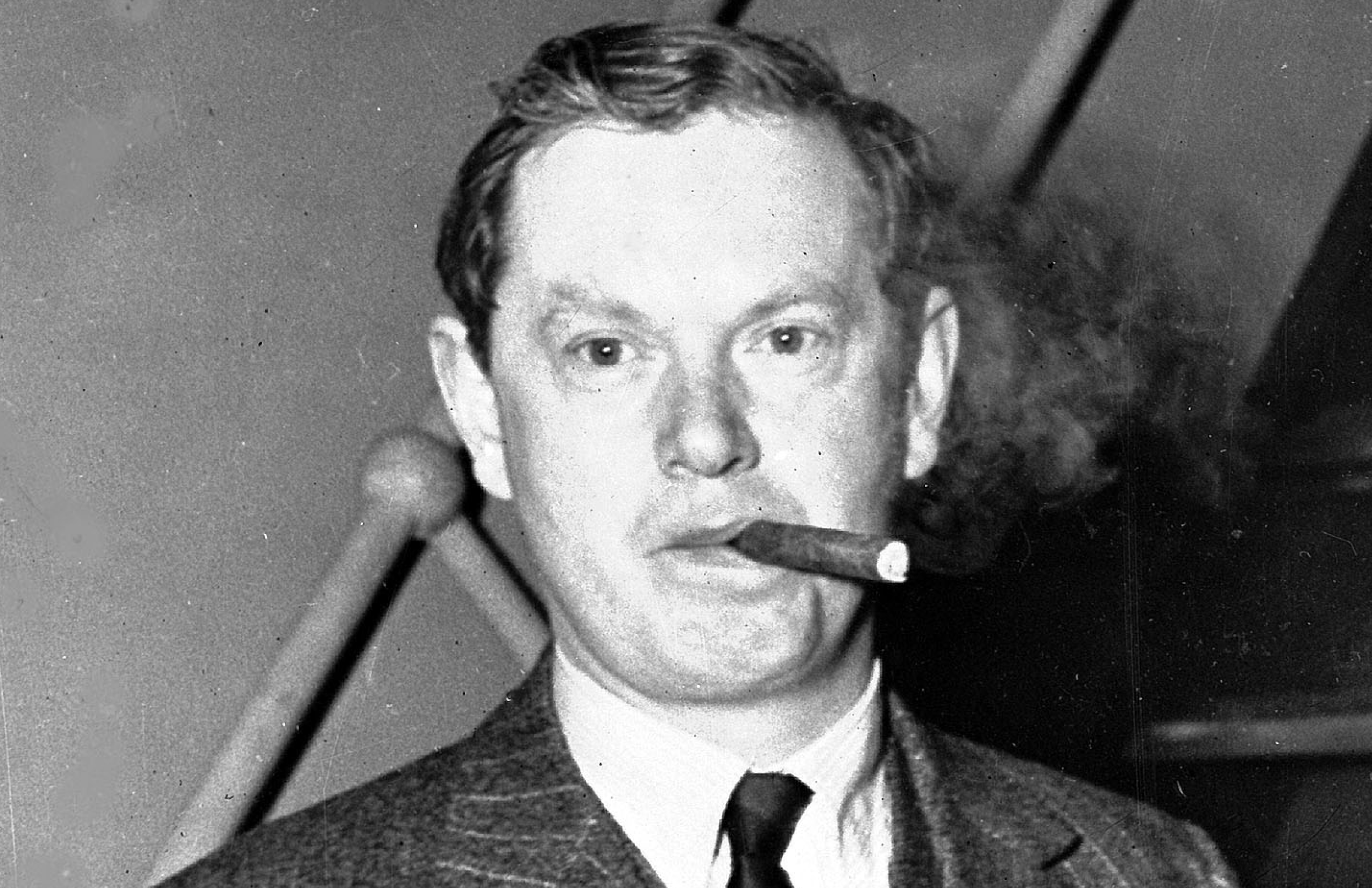
Evelyn Waugh
AP Photo
Among his friends during the era was Brideshead Revisited author Evelyn Waugh, who it was assumed based the character Anthony Blanche on Harold.
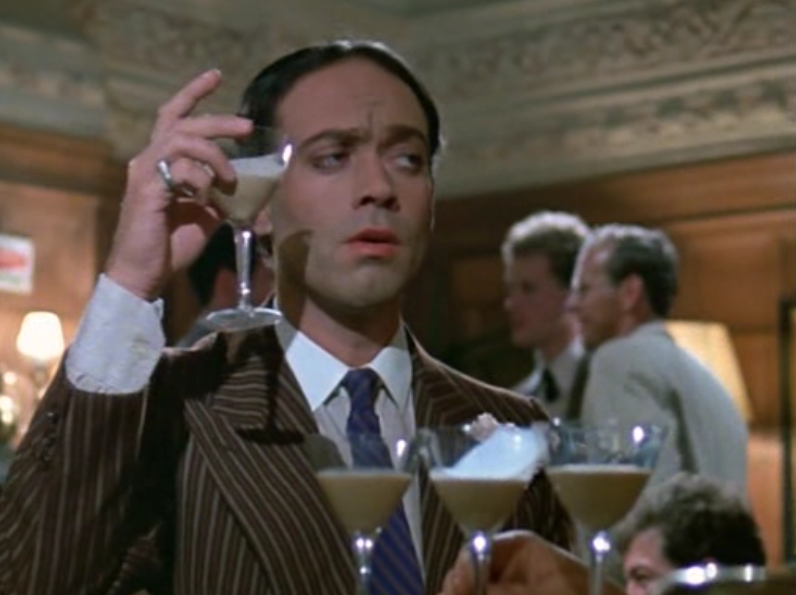
Nickolas Grace as Anthony Blanche
Our belief is this was because Harold was an original personality, an authentic eccentric. When he engaged in a stunt, such as delivering impassioned passages from Eliot’s The Waste Land through a megaphone from the balcony of his rooms in Christ Church, it was too good for Waugh not to copy for a character. So, he did, and these eccentricities became characteristics shared by the two individuals.

Photo Credit: Lilium’s Compendium
Above is a photograph of Harold with his mother, Hortense Mitchell Acton, and her brother, Guy Mitchell, taken on the grounds of La Pietra during the 1920’s.

The nearly thirty books Sir Harold authored included history, biography, fiction, volumes of poetry and his two Memoirs of an Aesthete. What could be more appropriate for the man who was born a mile from Florence than to write a book titled The Last Medici?
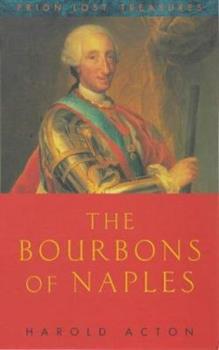
Sir Harold’s other memorable history was The Bourbons of Naples, first published in 1956 and selected by Sir Osbert Sitwell as his book of the year. (The Naples interest may be because the author felt a kinship with Sir John Acton, a long-ago prime minister of Naples, though the blood ties proved to be untrue).
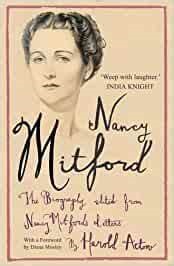
He adored his exact contemporary Nancy Mitford to the point of writing her biography.
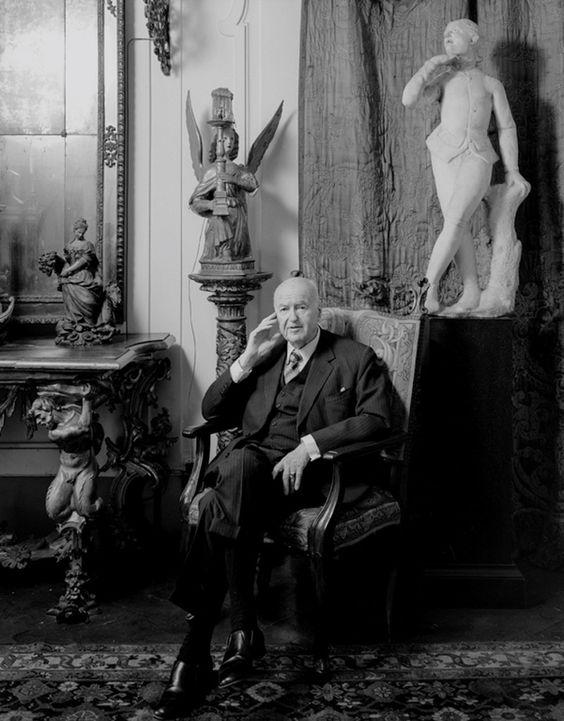
This photograph by George Wright hangs in London’s National Portrait Gallery. Acton was made a Commander of the Order of the British Empire (the CBE following his name) in 1965 and knighted in 1974.
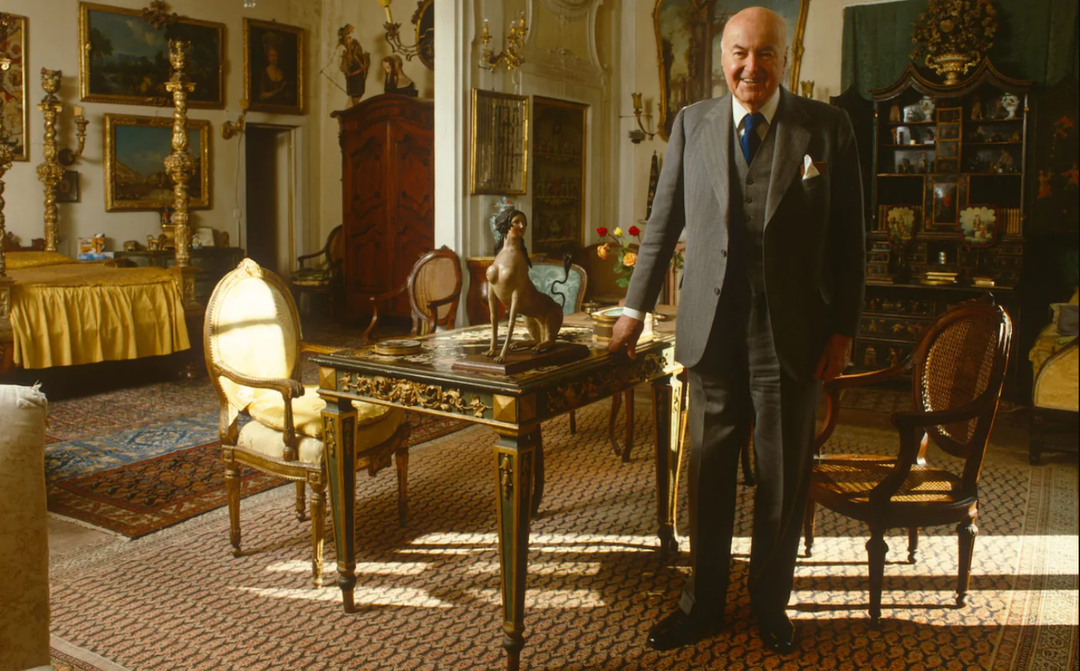
Photo Credit: Victor Watts
When Harold Acton died in 1994, he left everything he owned including Villa La Pietra and its contents to New York University with the intention that the estate be used by students, faculty, and guests as a meeting place where they might study, teach, write, and accomplish research. It was a $500 million bequest.
However, subsequent DNA testing confirmed that Sir Harold’s father, Arthur, left a second family through an affair with his secretary, Liana Beacci, producing a complex legal situation now stretching through several decades and generations and involving participants no longer living. At this point it is almost impossible to know how our story will end.
Villa La Pietra Photos Courtesy of New York University






